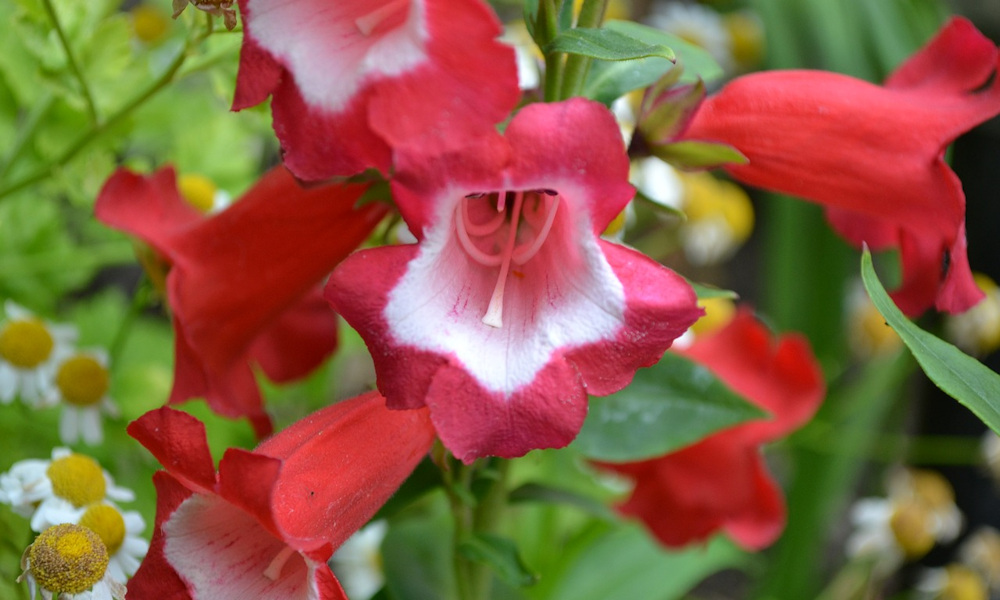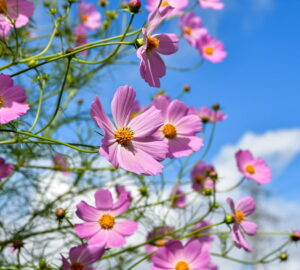Delve into the enchanting world of beardtongues (Penstemon) as we explore their captivating blooms and discover how to cultivate these versatile perennials in your own garden. From their vibrant colors to their pollinator-attracting prowess, get ready to be inspired by the charm and grace of these North American native plants.
Beardtongues are relatively low-maintenance perennials that can provide a long-lasting and vibrant display in your garden. Their alluring flowers attract pollinators like hummingbirds, bees and butterflies, adding an extra ecological benefit to your outdoor space. With their wide range of colors and adaptability to different growing conditions, beardtongues are an excellent choice for beginner gardeners looking to create a beautiful and wildlife-friendly garden.
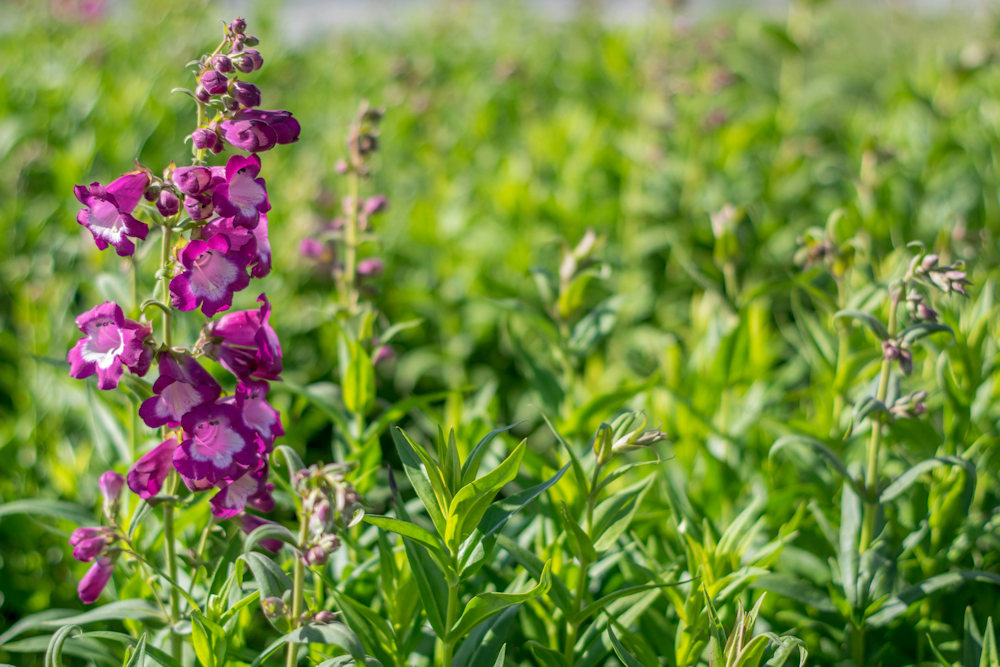
Origin
Beardtongues, or Penstemon, are a diverse group of perennial flowering plants native to North America. They are well-loved for their attractive tubular flowers and are a popular choice among gardeners looking to add color, texture and pollinator-friendly plants to their landscapes.
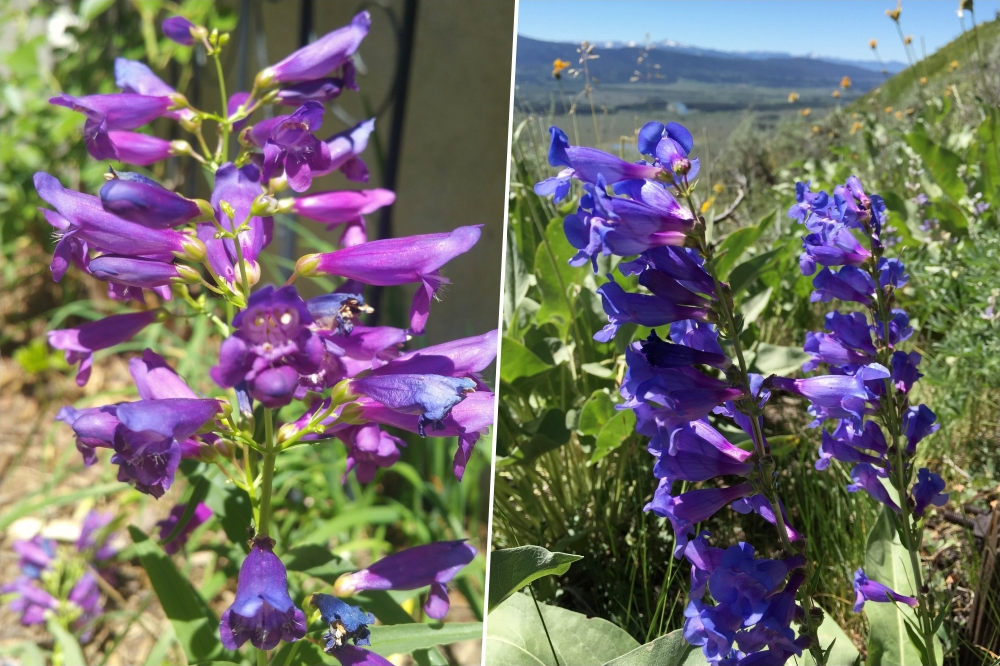
Appearance
Beardtongues come in a wide variety of species and cultivars, offering an array of flower colors, sizes and growth habits. The flowers are typically tubular in shape and can be found in shades of purple, pink, red, blue, white or a combination of colors. The foliage varies among species, but it is often lance-shaped or ovate, and some have evergreen or semi-evergreen leaves. Overall, they bring a charming and vibrant presence to any garden.
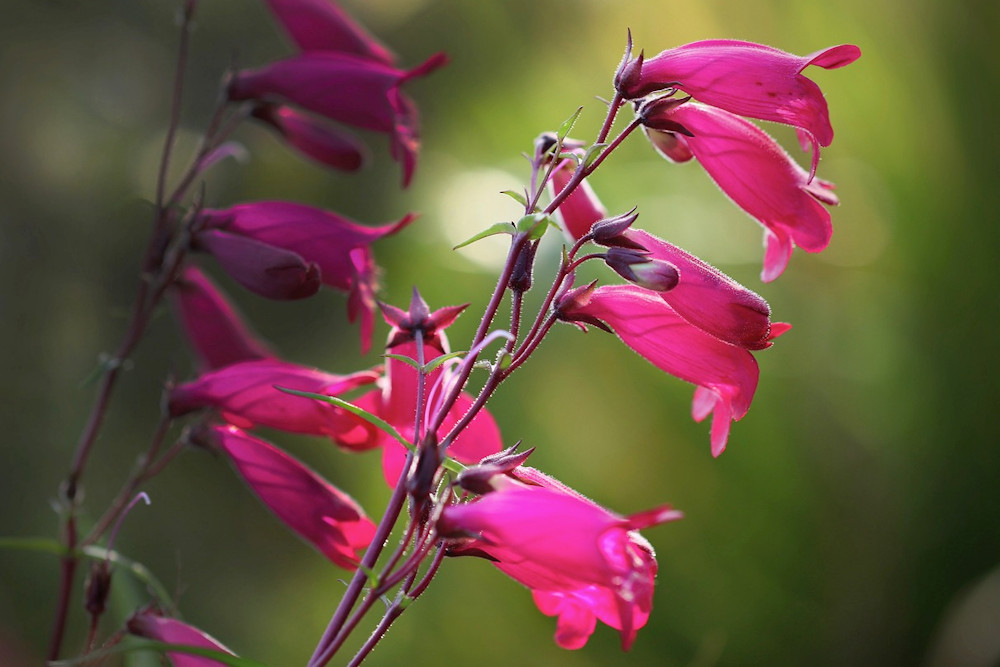
Garden Needs
Beardtongues have a few specific needs to thrive in a garden setting. Here are the key requirements to consider when caring for beardtongues:
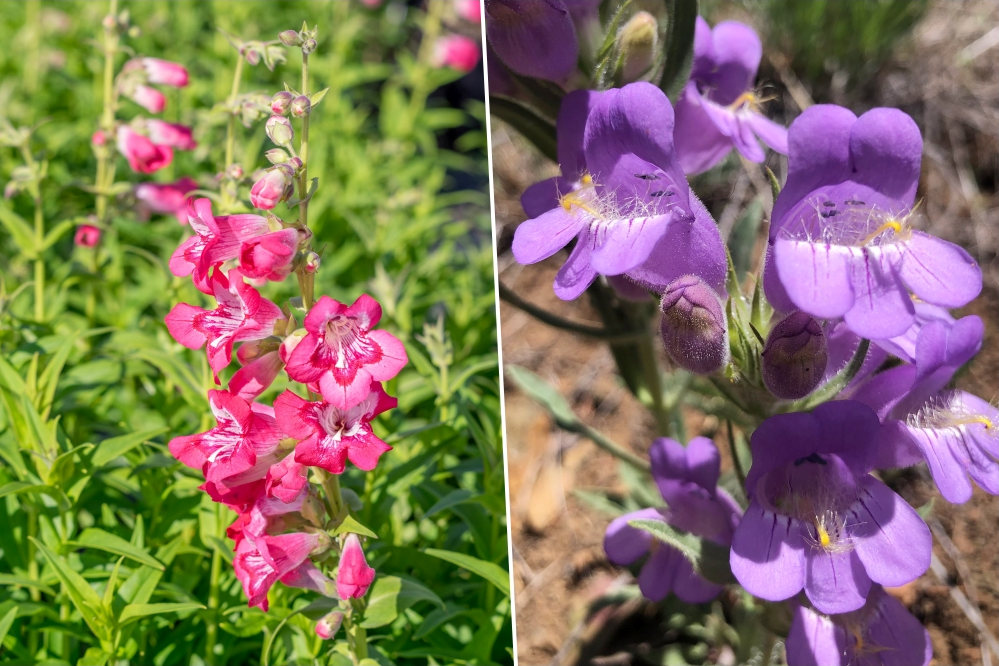
Sunlight
Most beardtongues thrive in full sun, although some species can tolerate partial shade. Aim to provide at least six hours of direct sunlight per day for optimal growth and flowering.

Soil
Beardtongues prefer well-draining soil that is fertile and loamy. They can tolerate a range of soil types, but good drainage is crucial to prevent root rot. If your soil is heavy or compacted, add organic matter or compost to improve its structure and drainage.
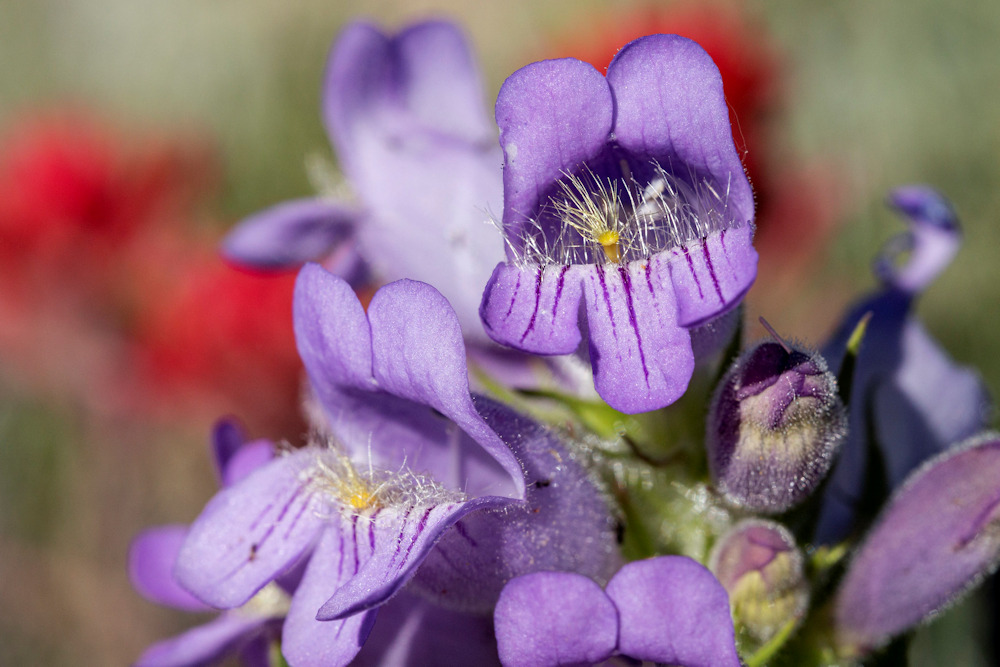
Watering
During the establishment phase, beardtongues require regular watering to help them establish a strong root system. Once established, they are relatively drought-tolerant, but occasional deep watering during dry spells is beneficial for their overall health and blooming performance.
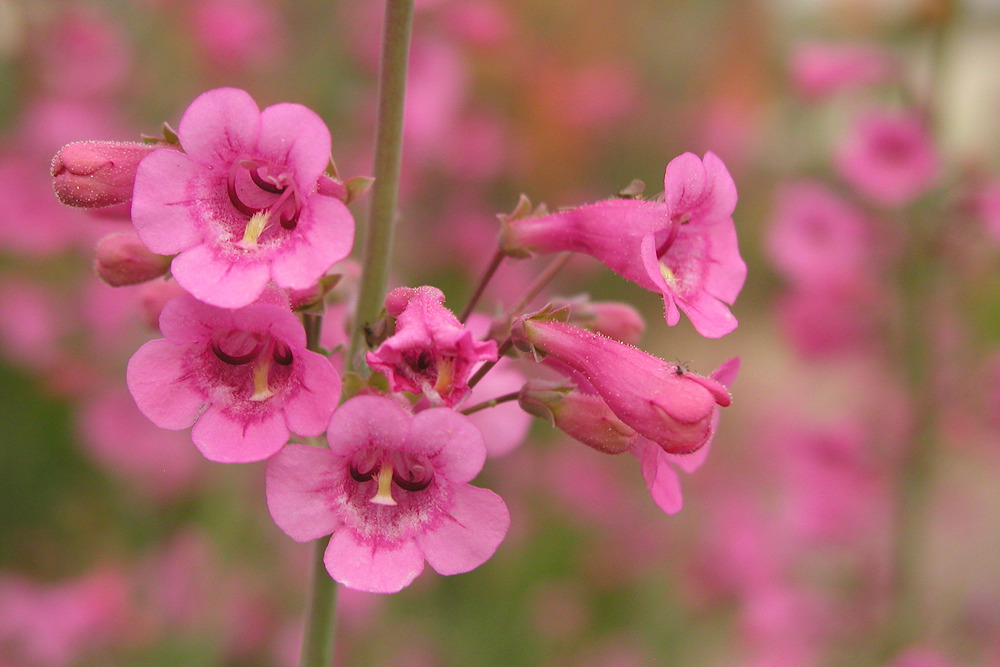
Mulching
Apply a layer of organic mulch around the base of beardtongue plants to help conserve soil moisture, suppress weed growth and maintain a more consistent soil temperature.
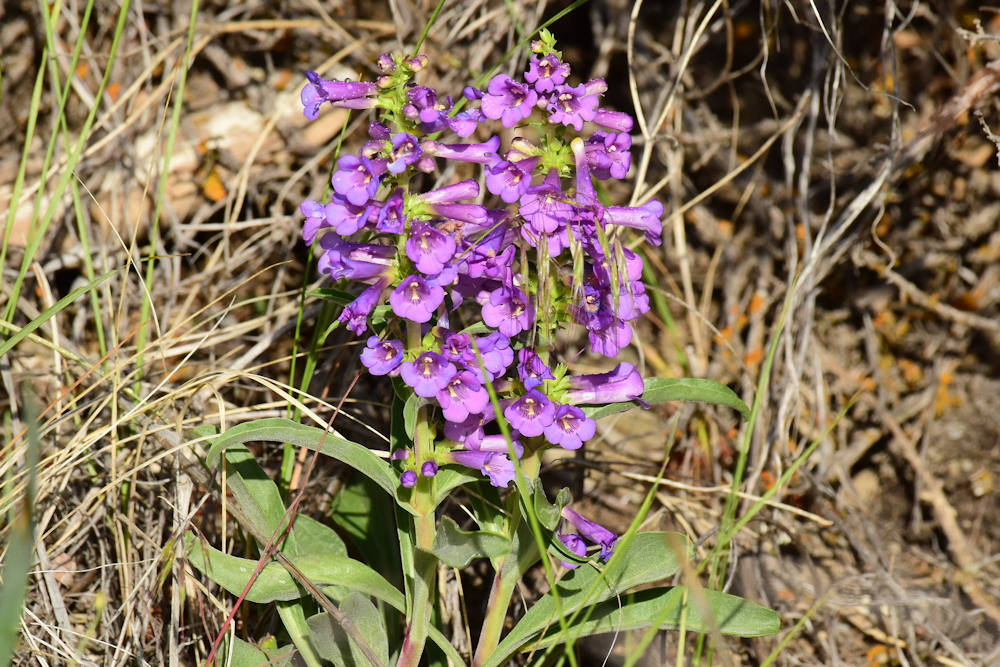
Maintenance
Pruning is generally minimal for beardtongues. Deadheading spent flowers can prolong the blooming period and encourage new flower production. In late fall or early spring, you can trim back the foliage to promote vigorous growth. However, some species may benefit from a light trim after blooming to maintain a neat appearance.
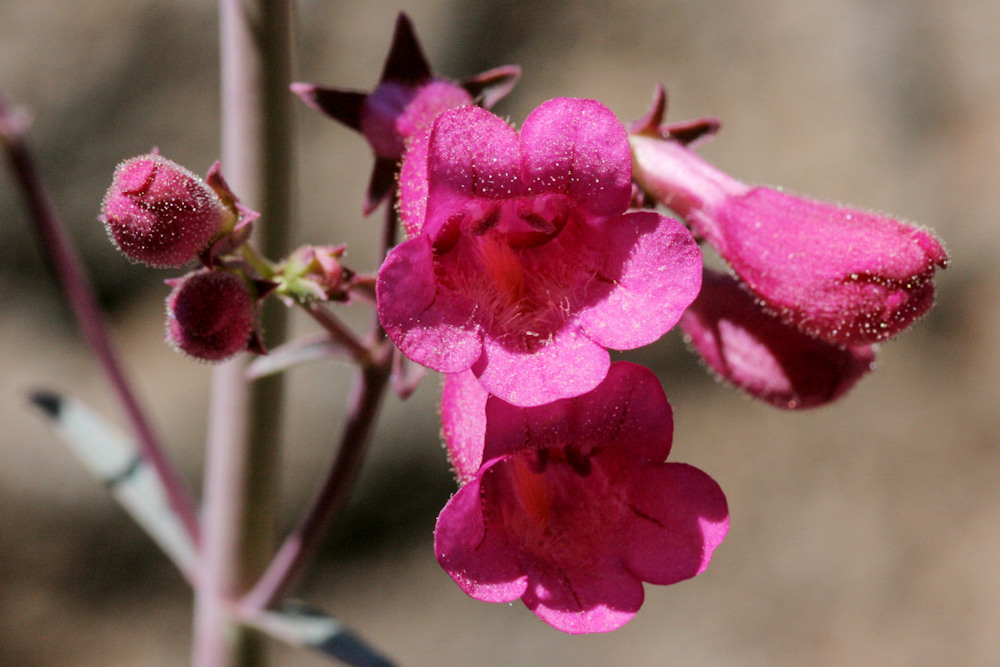
Fertilization
Beardtongues typically do not require heavy fertilization. A balanced slow-release fertilizer applied in early spring can provide the necessary nutrients for healthy growth. Avoid excessive nitrogen fertilizers, as they can promote excessive foliage growth at the expense of flowers.
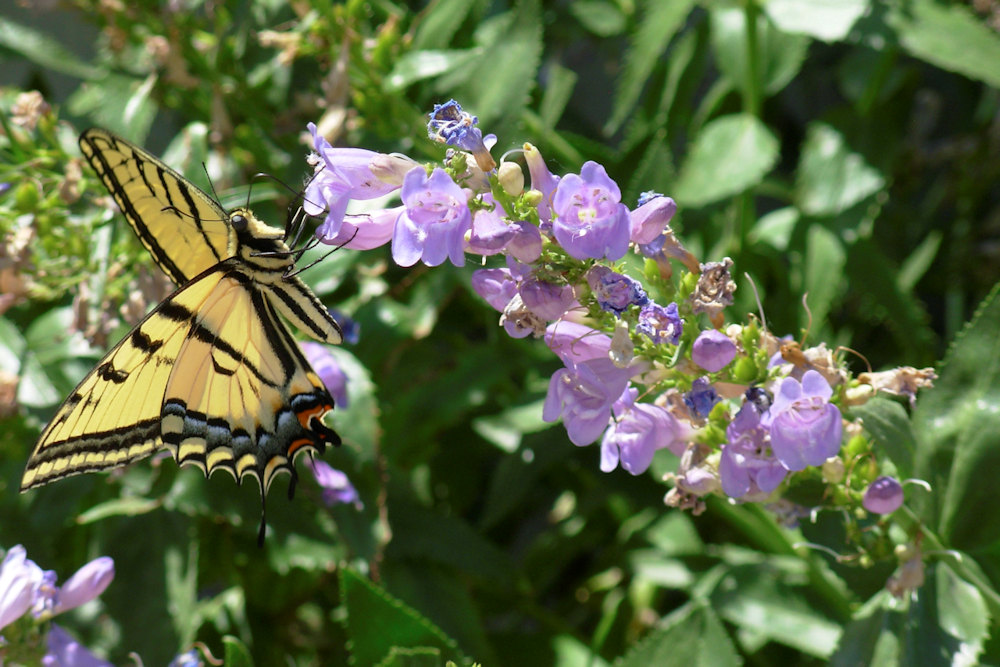
Winter Care
Most beardtongues are hardy perennials, meaning they can withstand winter temperatures in their respective hardiness zones. However, in colder regions, it’s a good idea to apply a layer of mulch around the base of the plants to provide insulation and protect them from extreme cold.
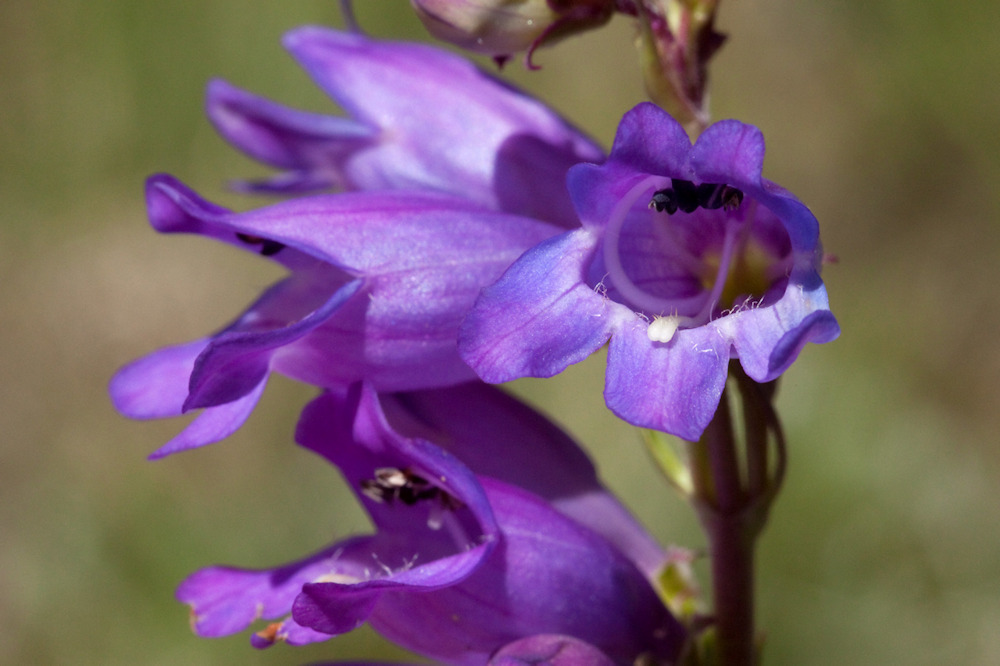
Remember to choose beardtongue species or varieties that are suitable for your specific climate and growing conditions. By meeting these basic needs, you can ensure the health and longevity of your beardtongue plants in the garden.



